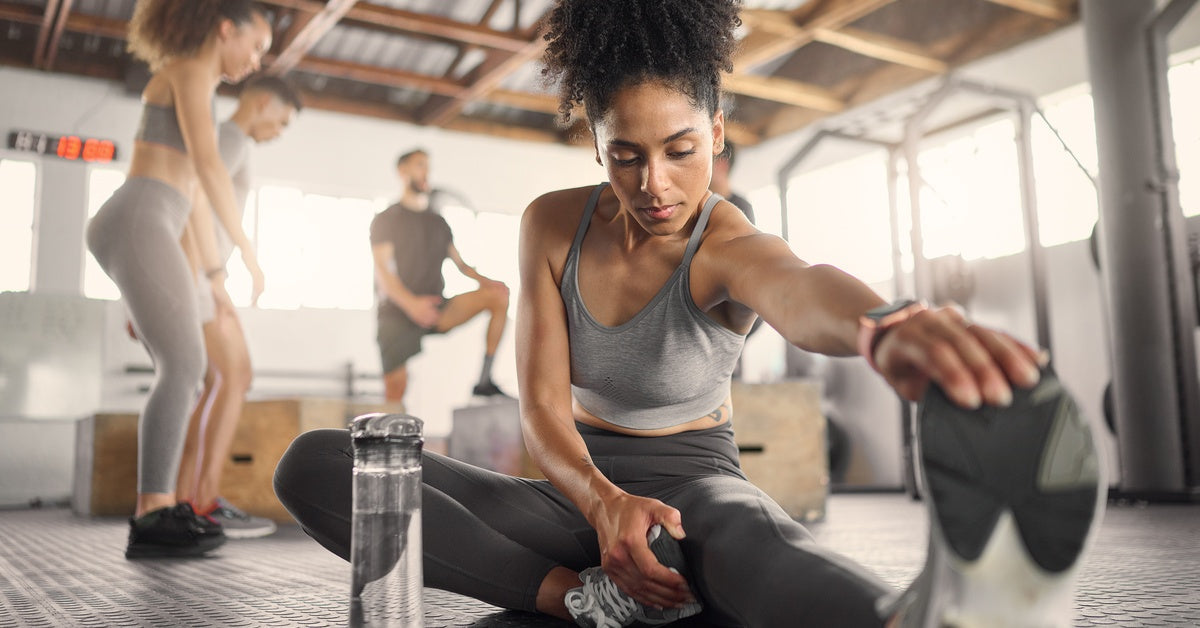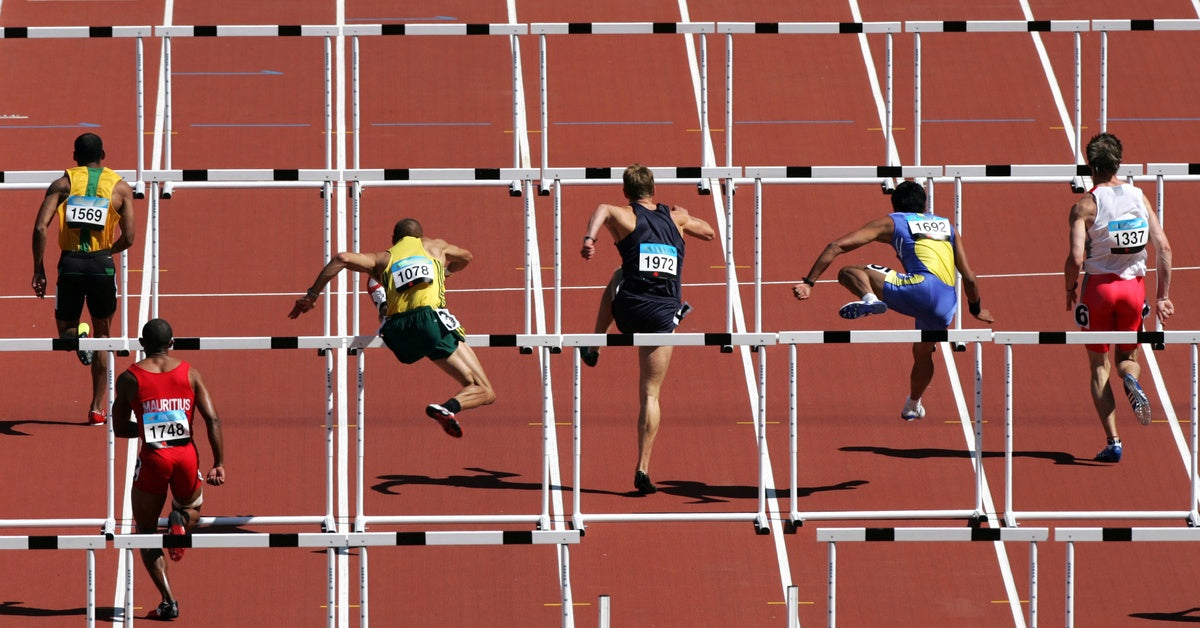A decathlon backpack needs to match the demands of the sport, not just carry gear. A decathlon demands performance across 10 high-intensity events, and athletes need gear that can keep up. The right backpack supports everything from organization and comfort to durability and adaptability. It stays out of the way while keeping everything in reach.
Backpacks built for this kind of intensity should manage the full range of gear like track shoes, apparel, tape, fuel, recovery tools, and tech. That gear needs to move easily between events without slowing athletes down. That’s why learning how to pick the right backpack for a decathlon can make such a big difference in how smoothly each competition day runs.
Understand What Decathletes Carry
A decathlete’s gear list includes a range of items: sprint spikes, throwing shoes, athletic tape, resistance bands, layers, food, water, and sometimes electronics like phones or tablets. That mix of items creates a need for smart organization and reliable access.
Rather than a typical gym bag, look for a backpack that separates clean clothes from used gear, keeps food intact, and protects electronics. Gear can’t float in a single compartment, especially when quick transitions matter so much between events.

Prioritize Versatility Over Specialty
A decathlon spans sprints, jumps, throws, and distance runs. A backpack that adjusts to those changing needs is exactly what you should look for. Prioritize features like modular compartments, external straps for extra gear, and quick-access pockets.
For instance, a dedicated spot for shoes, pockets for snacks or sports tape, and holders for water bottles can all make a real difference. A flexible design allows the pack to successfully transition between warm-up zones, rest areas, and travel days without missing a beat.
Backpacks with this kind of layout work just as well for daily life, whether commuting, training, or traveling.
Balance Size With Function
Bigger doesn’t always mean better. Oversized backpacks become clunky, especially on competition days when efficiency matters. At the same time, a pack that’s too small won’t hold everything comfortably. Be sure to use a sizing chart to get a bag that fits your body size.
Depending on how much gear an athlete carries, some people can go as small as 20L, though some people may prefer up to 60L. Many say a 30L to 40L capacity usually hits the sweet spot. This range carries shoes, clothing, food, and gear without extra bulk. WOLFpak’s medium tactical backpack fits that range. Our 35L design keeps gear organized while remaining portable.
Look for Real Comfort
Long events mean extended wear. Comfort becomes just as important as storage. Backpacks with padded shoulder straps reduce pressure points, while breathable back panels help manage heat and moisture. A proper fit with adjustable straps makes the load easier to carry over time.
Waist and chest straps can make a big difference. They help distribute weight more evenly and keep the backpack from shifting during movement. That stability matters when heading from the field to the tent or traveling through airports during meet season.

Choose Materials That Withstand Use
Competition gear takes a beating. Between travel, weather, and quick drops, a decathlon backpack needs to hold up under pressure. Tough, weather-resistant fabrics protect contents and hold shape over time.
Look for rugged materials and features like reinforced stitching, quality zippers, and strong load-bearing straps. A backpack that breaks down mid-season adds stress no athlete needs.
Well-Planned Compartments Will Matter
While we’ve already touched on the importance of a bag that has compartments, those sections only matter if you know how to make the most of each compartment style. A padded laptop or tablet sleeve, shoe compartments, small pockets for accessories, and top access zippers all help keep the day running smoothly.
Wide-opening backpacks that lay flat, like WOLFpak’s 180-degree zip design, make packing easier and faster. With a place for each item, transitions between events become quicker, with less fumbling and fewer forgotten items.
Consider Breathability for Long, Hot Days
Decathlons typically take place outdoors. Heat, sun, and long periods of wear create sweat and discomfort. Look for packs that use breathable materials and offer air circulation between the bag and back. Moisture-resistant panels and wicking materials can prevent overheating and reduce irritation.
Comfort shouldn’t disappear after an hour of wear. An uncomfortable or inconvenient bag can become a distraction.
Personal Style and Utility Can Coexist
Practicality is the top priority, but it doesn’t have to look boring. Many athletes appreciate being able to express their personality with their gear. Backpacks with neutral colorways, patch areas, or sleek designs give room to stand out or stay subtle.
For example, the 35L tactical backpack includes removable patches, and others you can add to really show off other interests you have, making your bag a further extension of your style.
Make Sure It’s Travel-Friendly
Decathletes often travel between meets. A backpack that meets airline carry-on regulations is a useful addition. It removes the need for multiple bags and streamlines packing.
Look for compact, carry-on-sized packs with strong zippers and protective compartments for electronics or fragile items. The WOLFpak 35L backpack (17 in x 12 in compartment area) fits standard travel limits, which means one backpack can move from airport to event without switching bags.
Field-Test Before Competition
Once a backpack looks good on paper, try it in real-life conditions. Pack it with your actual gear, then carry it during training days. Use this trial period to adjust the straps and see how easy it is to reach items.
Testing the bag helps you spot issues, like pressure points or awkward pockets, before they become problems during an event. A short test can save a long day of frustration.
Gear Up for Success With WOLFpak
Decathletes need gear that performs as reliably as they do. Learning how to pick the right backpack for a decathlon comes down to understanding what the competition demands and matching it with a bag that supports every phase of the day.
Start by identifying must-have features like compartment layout, comfortable straps, durable materials, and appropriate sizing. Then, choose a pack that fits those needs while offering versatility for training, travel, and daily use. WOLFpak’s backpacks hit those marks, supporting your rhythm and routine.
もっと見る

Increase your performance with muscle recovery tips like rest, hydration, nutrition, mobility, and tools to support faster recovery and progress.

Simplify your backpacking trips with these smart tips on packing and efficient gear use. Learn to make every adventure lighter and more enjoyable.













コメントを書く
このサイトはhCaptchaによって保護されており、hCaptchaプライバシーポリシーおよび利用規約が適用されます。